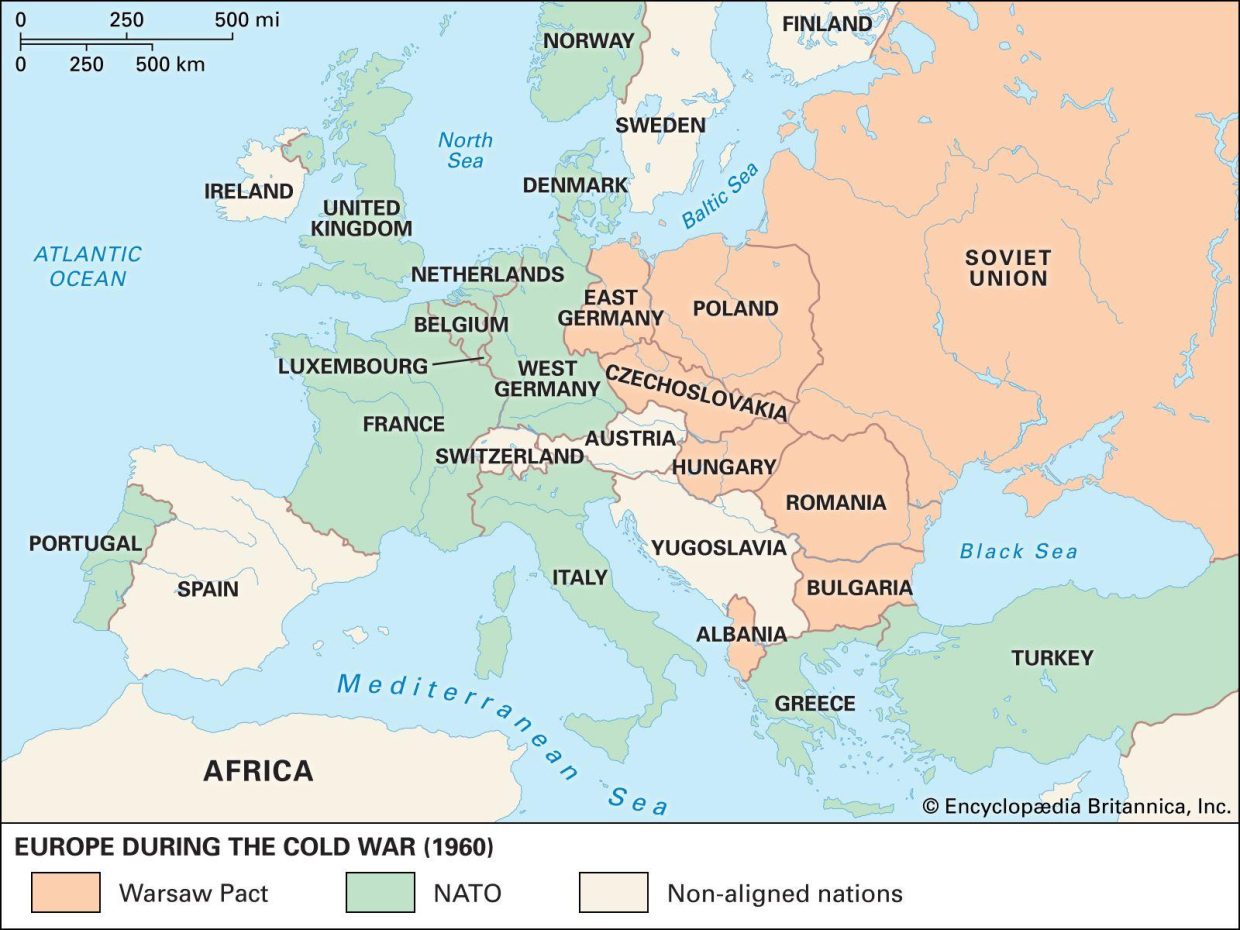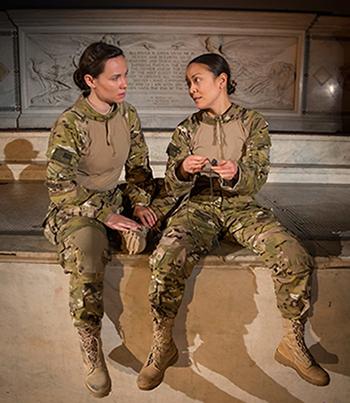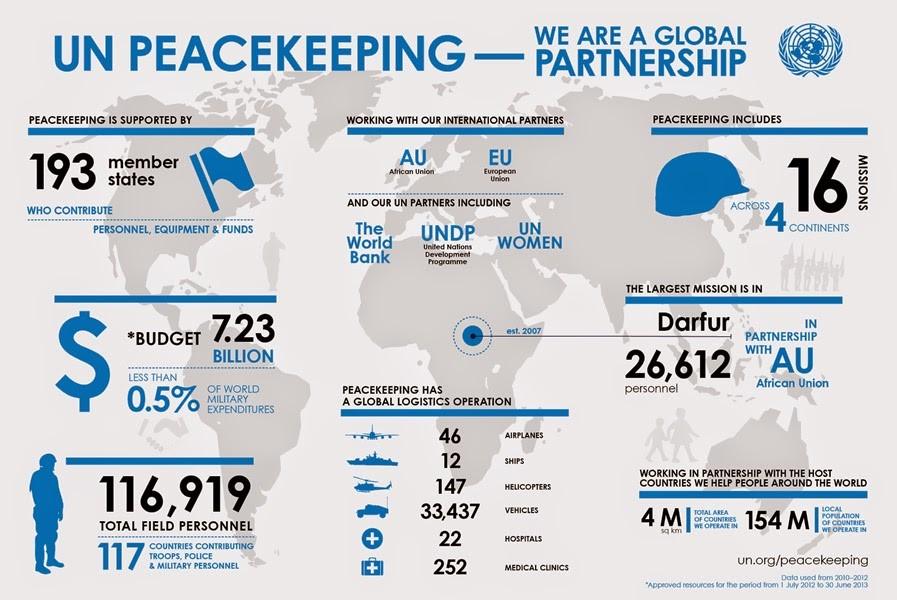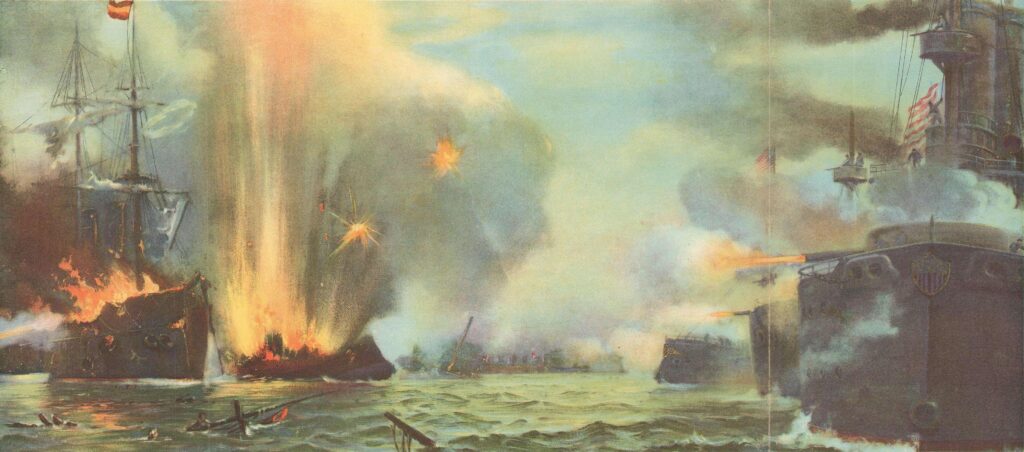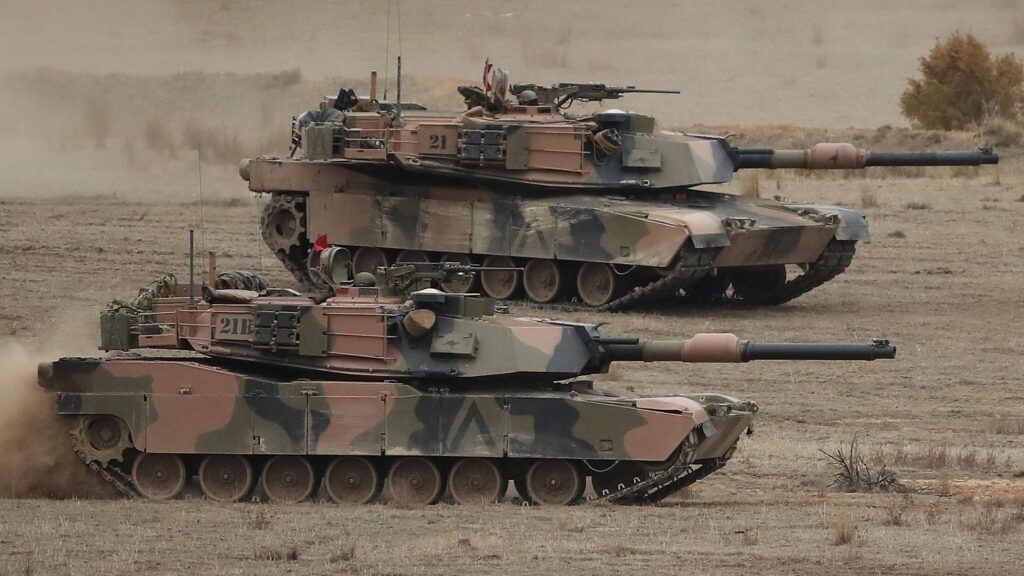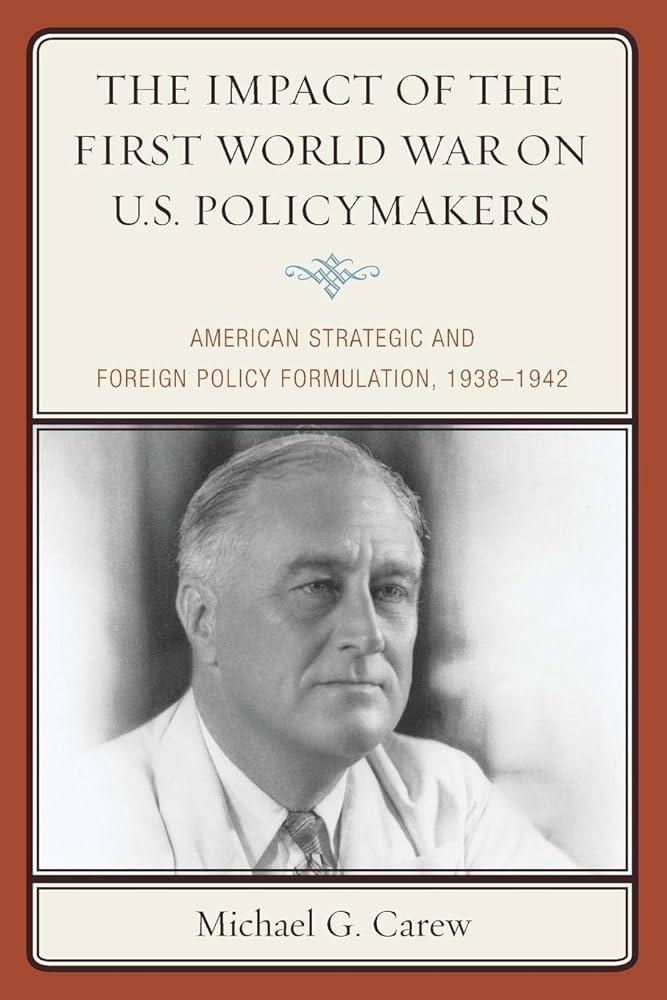In an era marked by geopolitical shifts and mounting security challenges, NATO remains a pivotal force shaping the landscape of global conflicts. From its Cold War origins to its expanding role in contemporary crises, this alliance continues to influence military strategies, diplomatic relations, and international stability. In this deep dive, we explore how NATO’s presence and policies are impacting today’s conflicts around the world—shedding light on its successes, controversies, and the evolving dynamics that define its role on the global stage. Whether you’re a policy enthusiast or simply curious about international affairs, understanding NATO’s impact has never been more relevant.
Table of Contents
- NATO’s Strategic Role in Shaping Modern Conflict Zones
- Assessing NATO’s Influence on Regional Stability and Power Dynamics
- Challenges and Criticisms Facing NATO in Contemporary Warfare
- Recommendations for Enhancing NATO’s Effectiveness in Global Security
- Future Outlook
NATO’s Strategic Role in Shaping Modern Conflict Zones
In the evolving landscape of global security, this alliance remains a cornerstone in stabilizing some of the most volatile regions. Its approach transcends mere military might; it encompasses diplomatic engagement, intelligence-sharing, and capacity-building among member states. By fostering interoperable defense systems and joint training exercises, it ensures rapid and cohesive responses to emerging threats, effectively preventing localized tensions from spiraling into widespread conflicts. These initiatives also serve as a deterrent against state and non-state actors who challenge international norms, reinforcing the collective defense principle enshrined in Article 5.
Moreover, its influence extends beyond conventional battlegrounds, adapting to modern warfare’s complexities such as cyber threats and asymmetric engagements. Key strategic interventions often involve:
- Supporting peacekeeping missions by providing logistical and operational support
- Facilitating dialogue among conflicting parties to create avenues for negotiation
- Enhancing rapid deployment capabilities through pre-positioned forces and advanced command structures
- Leveraging technological innovation to maintain strategic superiority in contested zones
These multifaceted roles not only shape the immediate outcomes of conflicts but also contribute to long-term regional stability, illustrating the alliance’s integral position in contemporary global security architecture.
Assessing NATO’s Influence on Regional Stability and Power Dynamics
NATO’s presence in various geopolitical hotspots has undeniably reshaped the contours of regional power structures. By serving as both a military alliance and a diplomatic instrument, it creates a buffer that deters overt aggression while facilitating dialogue among member and neighboring states. This dual role injects a level of predictability and reassurance for allied nations, often preventing power vacuums that could otherwise fuel instability. However, this influence is not without complexity; the alliance’s decisions can sometimes exacerbate tensions with non-member powers, prompting a recalibration of regional alliances and military postures.
The alliance’s footprint in regional dynamics can be distilled into several key facets:
- Collective defense mechanisms: Strengthening deterrence through integrated military capabilities.
- Strategic partnerships: Expanding influence via cooperation beyond the core membership.
- Conflict mediation: Acting as a platform for negotiation, reducing escalation risks.
- Power balance adjustments: Shifting regional dynamics by countering dominant actors.
These layers underscore NATO’s pivotal role in molding the regional equilibrium, underscoring its impact not just as a military bloc but as a critical architect of contemporary power relations.
Challenges and Criticisms Facing NATO in Contemporary Warfare
In an era where hybrid warfare and cyber threats have reshaped the battlefield, NATO faces multifaceted challenges that test its traditional military doctrines. The alliance must constantly adapt to unconventional tactics such as misinformation campaigns, cyberattacks targeting critical infrastructure, and proxy conflicts—all of which blur the lines between peace and war. Critics argue that NATO’s slow decision-making process and the requirement for consensus among member states can hinder rapid responses to emerging threats. Furthermore, the growing disparity in defense spending among members fuels debates about equitable burden-sharing, raising questions about the alliance’s unity and long-term sustainability.
Beyond strategic hurdles, NATO also grapples with political criticism from both inside and outside the alliance. Some analysts contend that NATO’s expansion eastward has exacerbated tensions with Russia, inadvertently contributing to regional instability rather than deterrence. Others highlight the alliance’s involvement in conflict zones far from its borders, arguing that such engagements dilute its core mission of collective defense. Key issues raised include:
- Questionable efficacy in asymmetrical warfare settings
- Ethical concerns over civilian casualties during interventions
- Disparities in military capabilities among members hampering cohesive action
These criticisms compel NATO to innovate and reassess its role in maintaining global security amidst an increasingly complex combat environment.
Recommendations for Enhancing NATO’s Effectiveness in Global Security
To fortify its role in the constantly evolving landscape of international security, NATO must prioritize adaptive strategies that anticipate emerging threats rather than merely react to ongoing crises. Emphasizing enhanced cyber defense capabilities and intelligence sharing across member states will streamline rapid responses to asymmetric warfare tactics increasingly employed by non-state actors. Additionally, modernizing command structures to integrate advanced technologies and strengthen joint operational command will cement NATO’s position as a proactive security alliance rather than a reactive force.
Furthermore, fostering deeper collaboration with non-member nations and international organizations can amplify NATO’s reach and legitimacy. This could be achieved through initiatives such as:
- Establishing flexible partnership frameworks tailored to regional security dynamics
- Expanding joint training exercises focused on hybrid warfare and crisis management
- Increasing diplomatic engagement to build consensus on collective security priorities
By combining these tactical enhancements with a broadened diplomatic vision, NATO can effectively navigate the complexities of 21st-century conflicts and reinforce its critical role on the global stage.
Future Outlook
As global conflicts continue to evolve in complexity and scope, NATO’s role remains a pivotal force shaping international security dynamics. From fostering cooperative defense to deterring aggression, the alliance’s influence reverberates far beyond its member states, often setting the tone for diplomatic and military responses worldwide. While challenges persist—ranging from shifting geopolitical priorities to emerging threats—NATO’s adaptability underscores its enduring relevance. Understanding this alliance’s impact is crucial not only for policymakers but for anyone concerned with the future of global peace and stability. Stay tuned as the story of NATO and its influence on today’s conflicts continues to unfold on the world stage.


